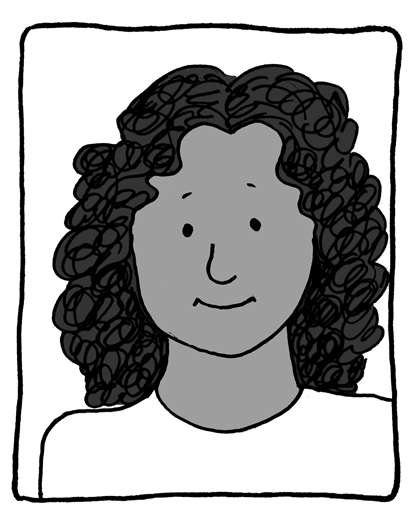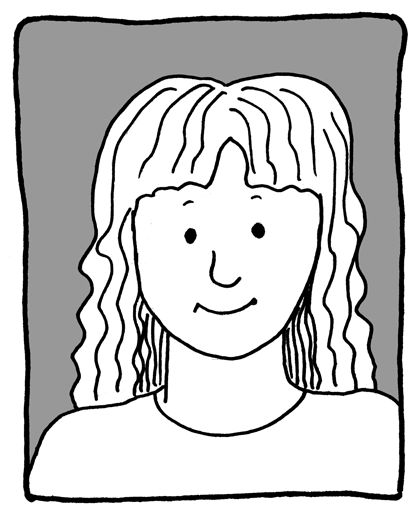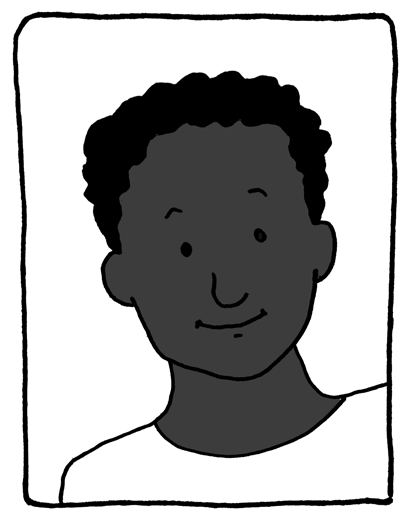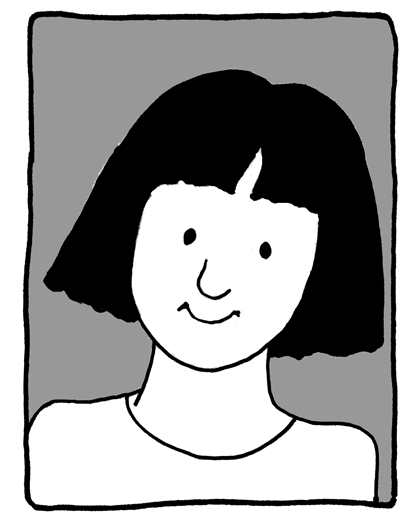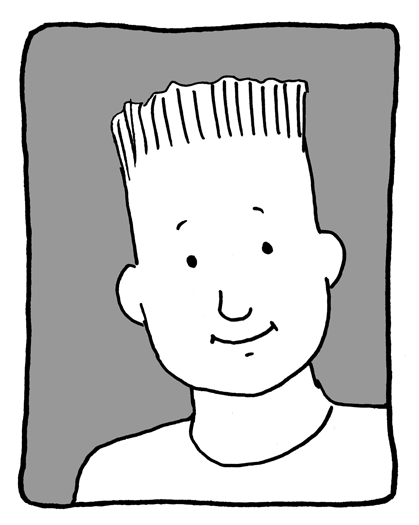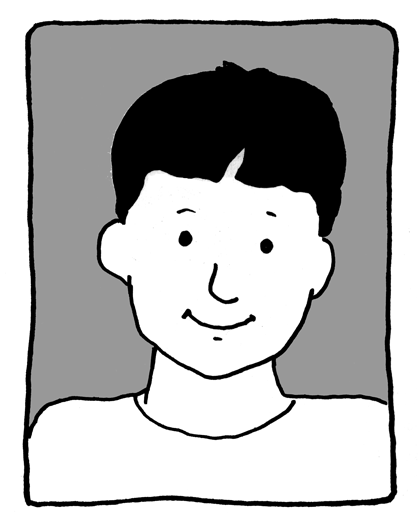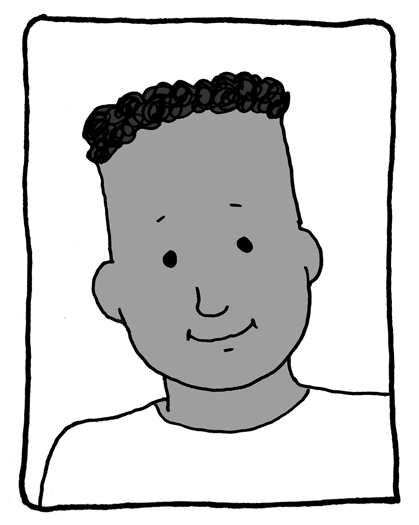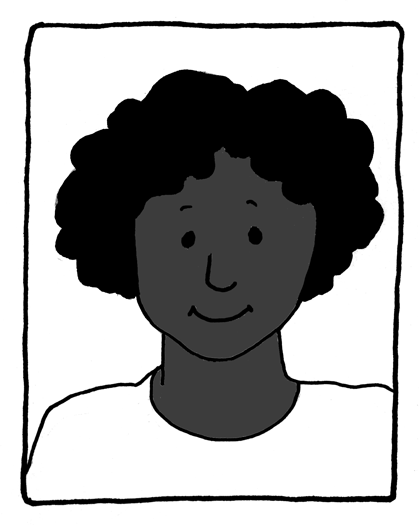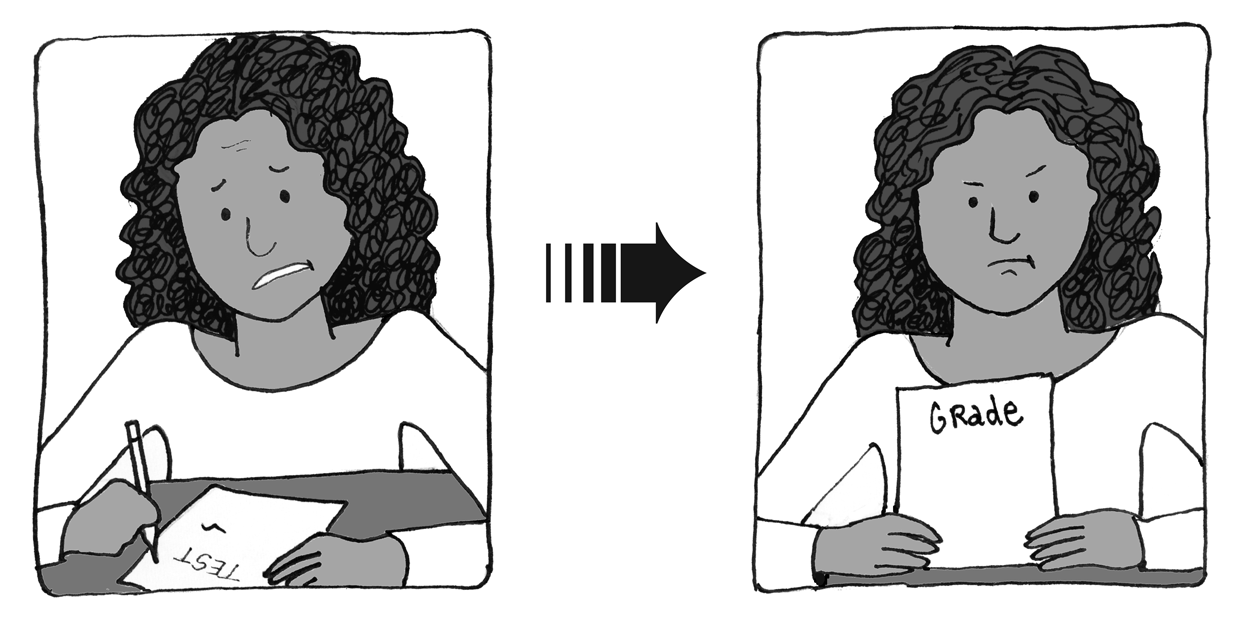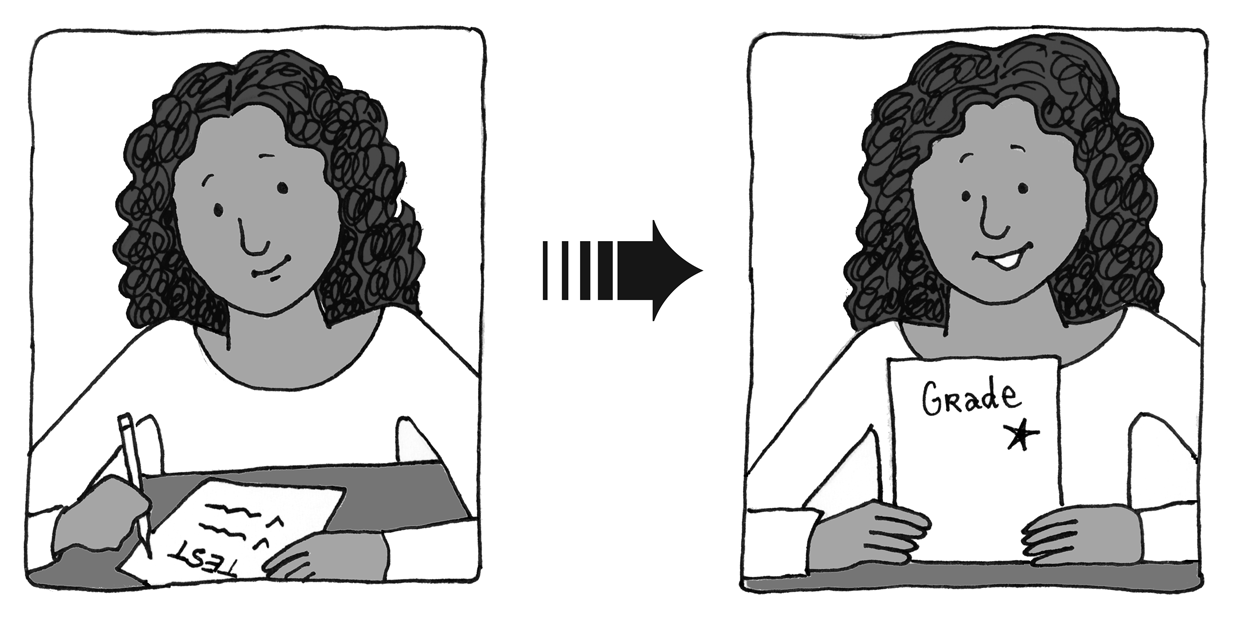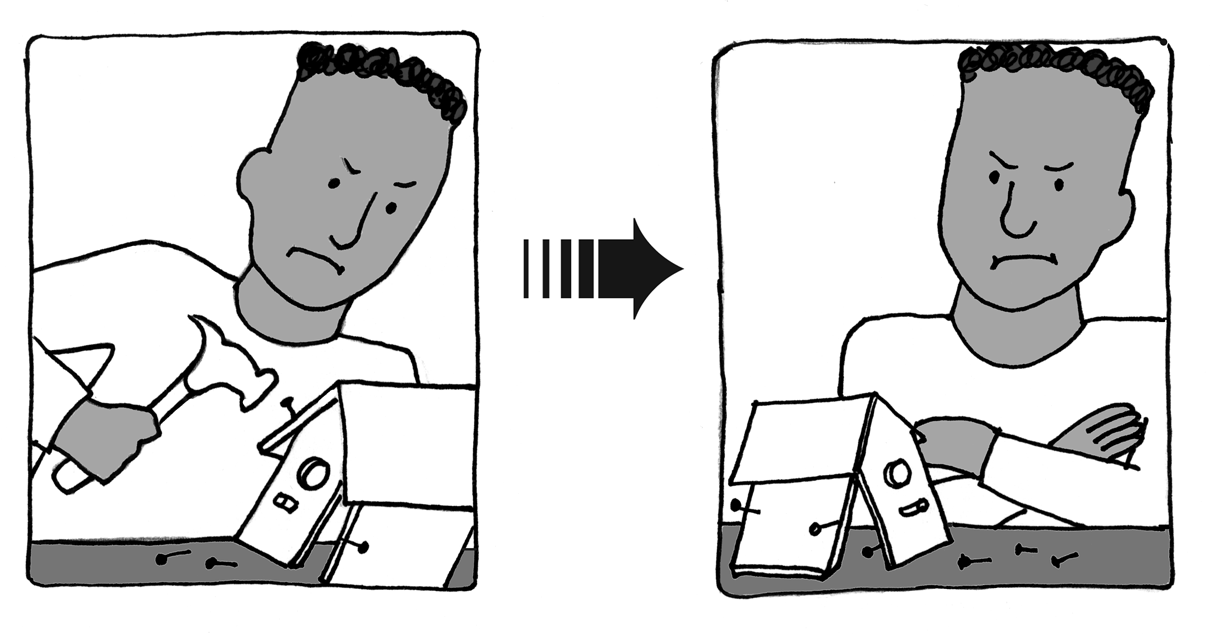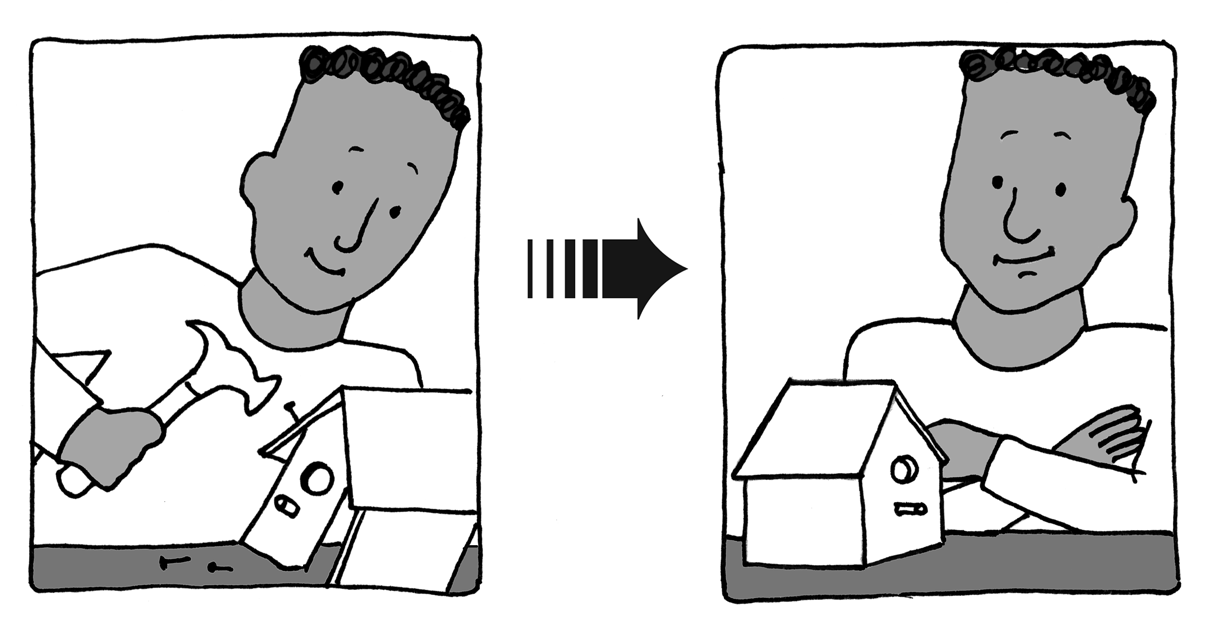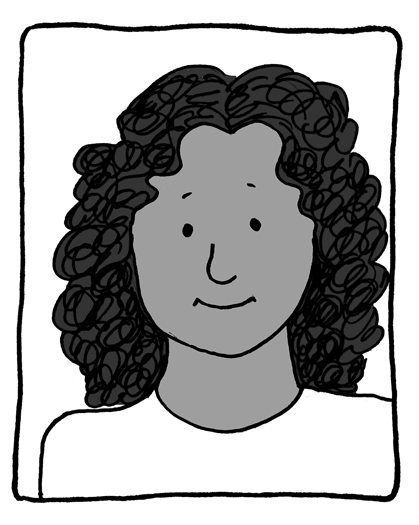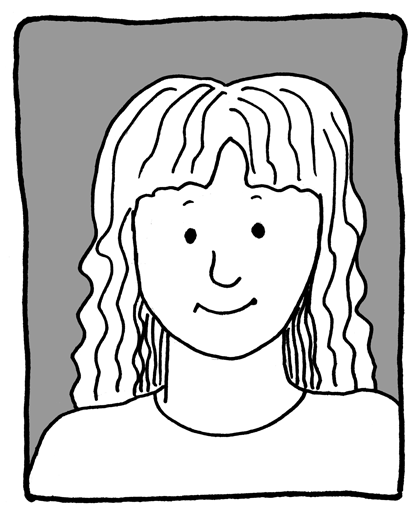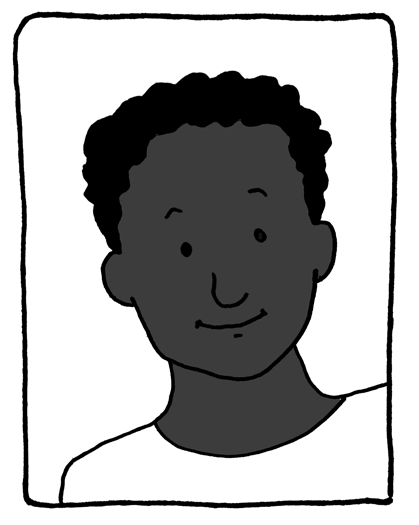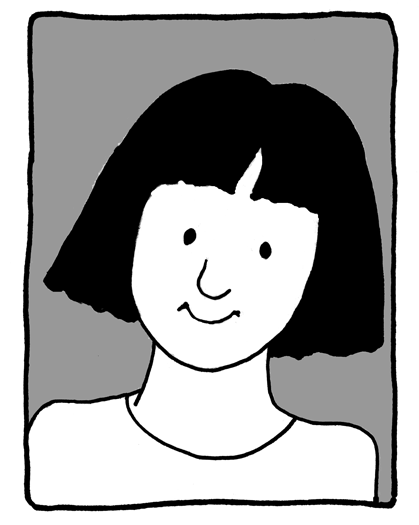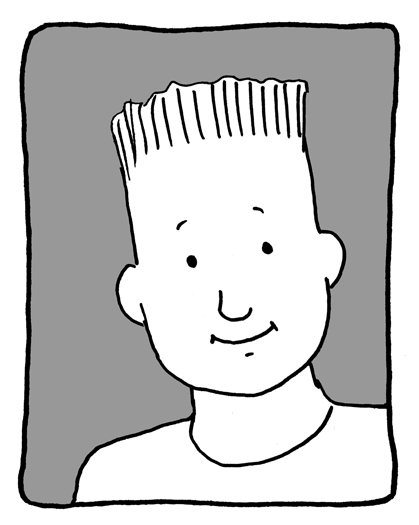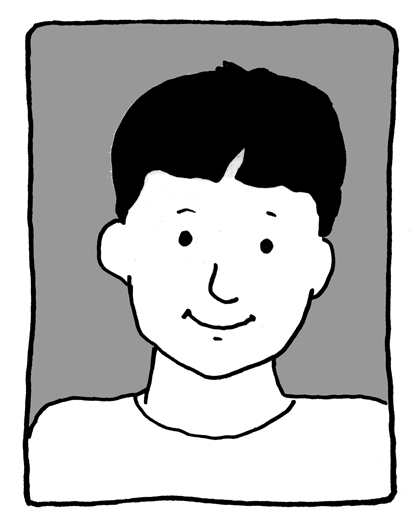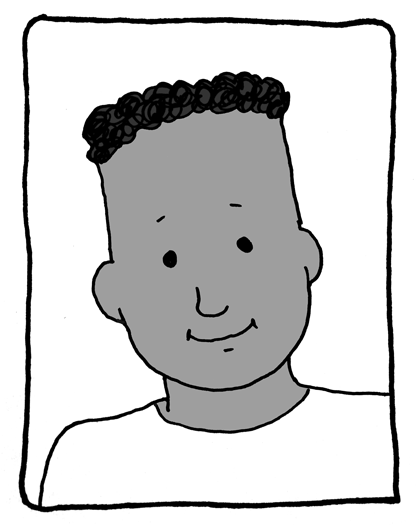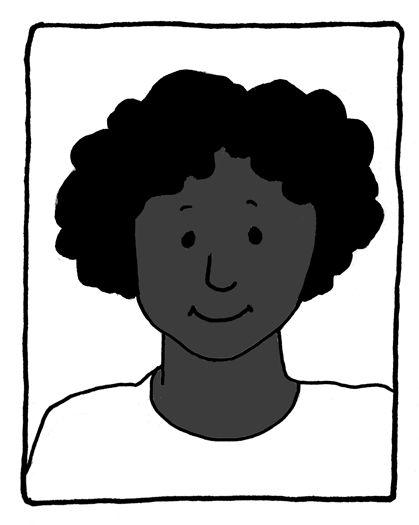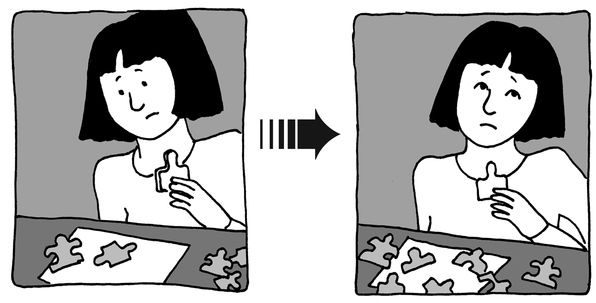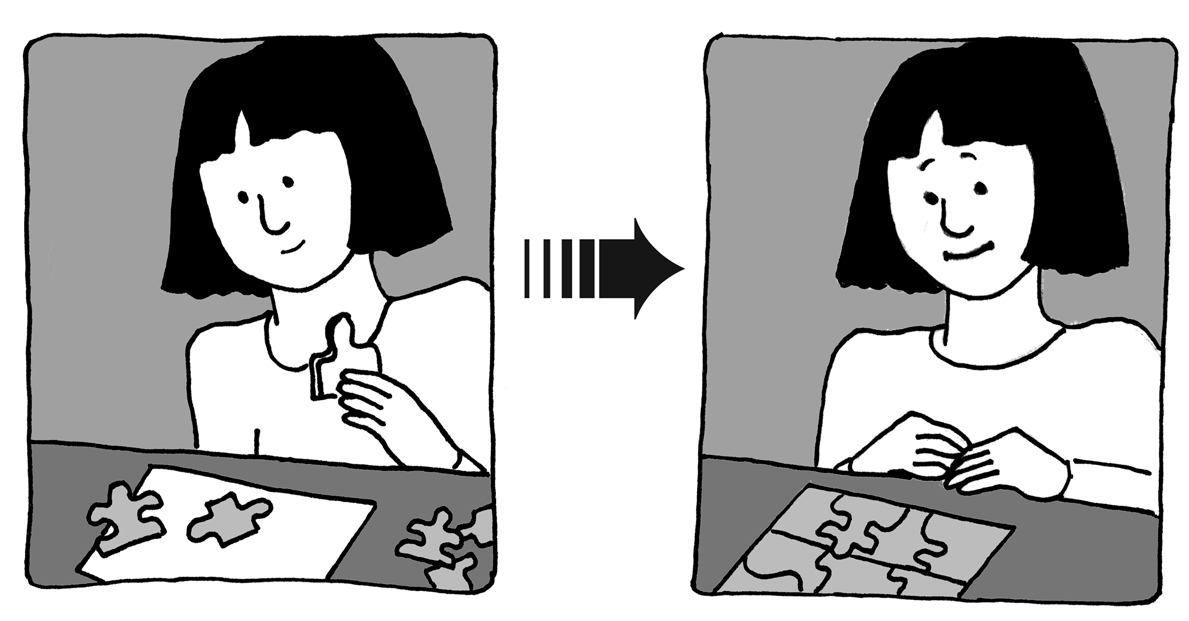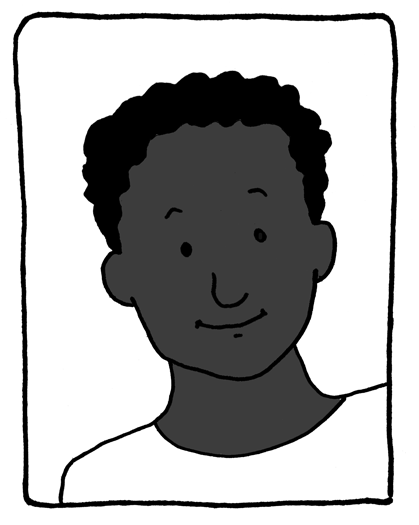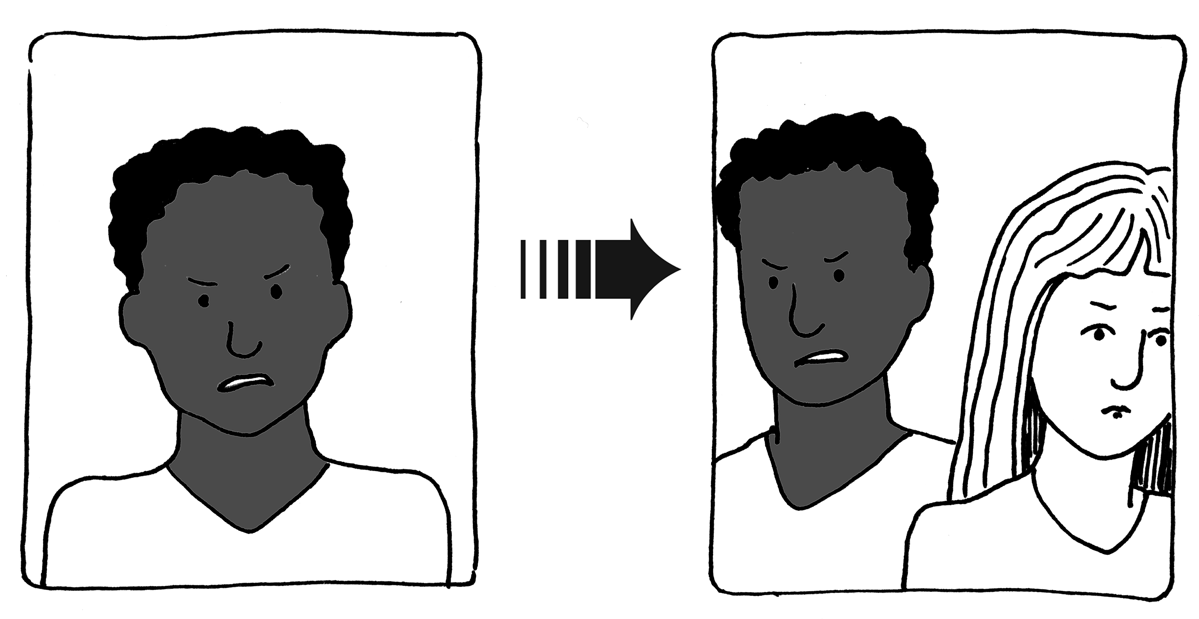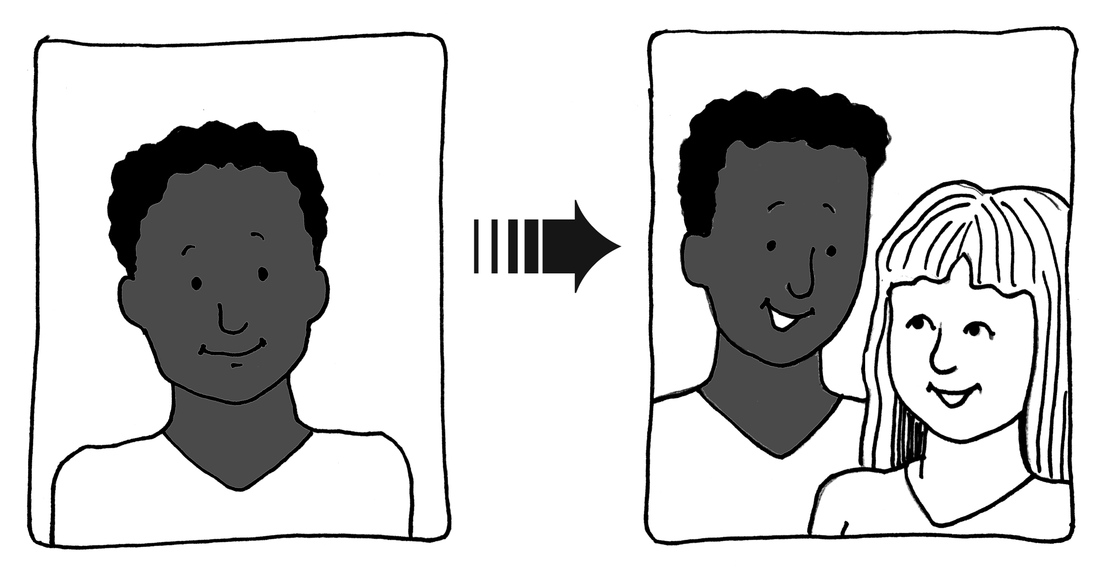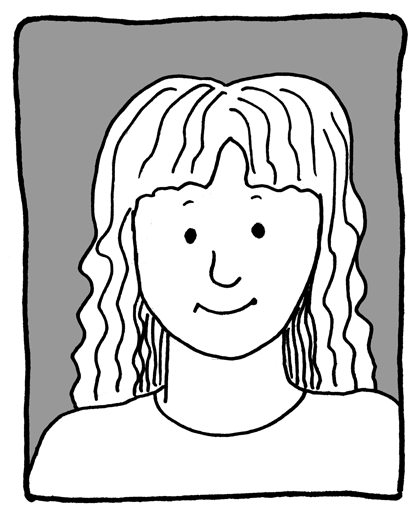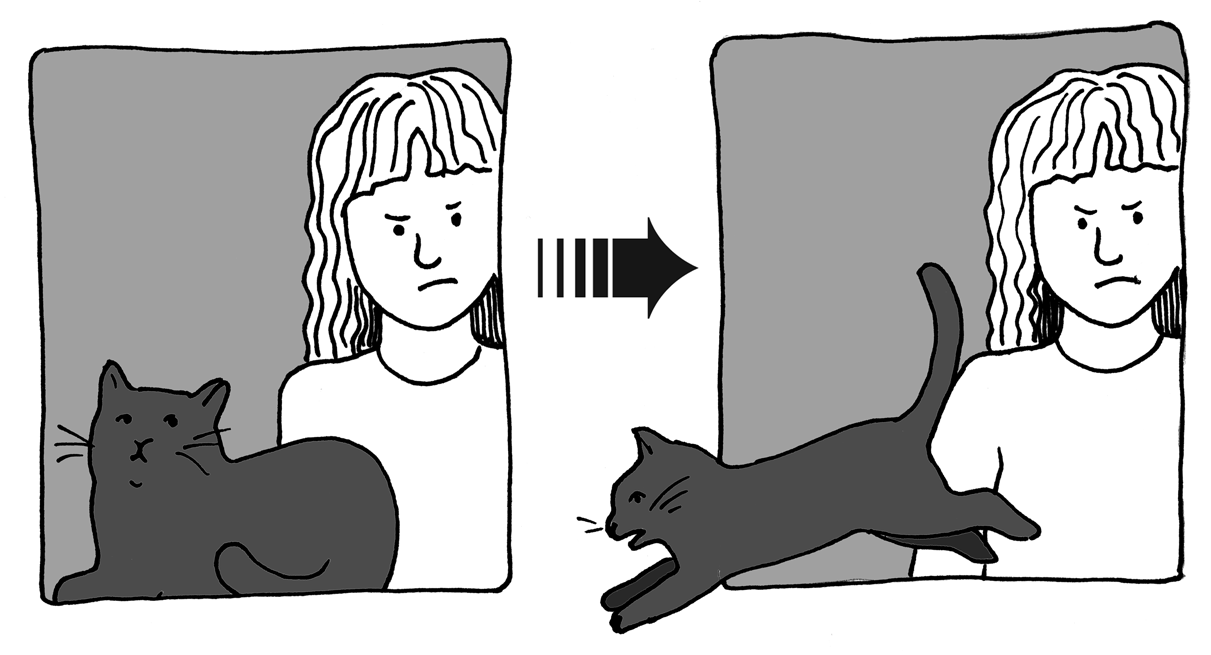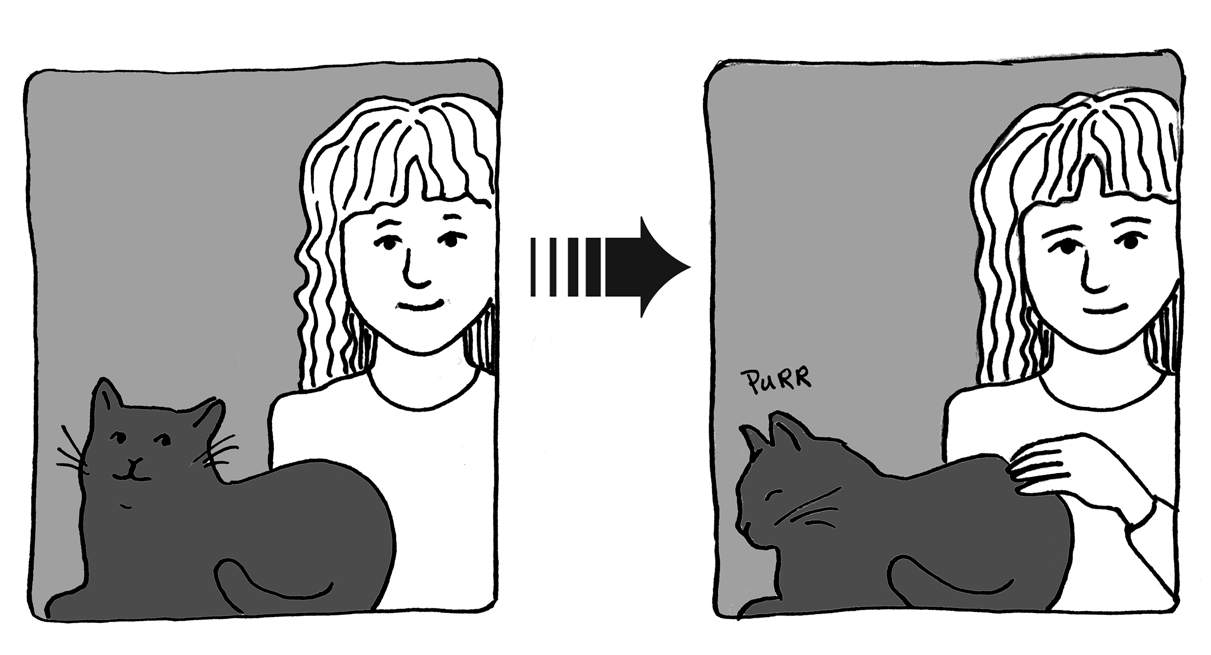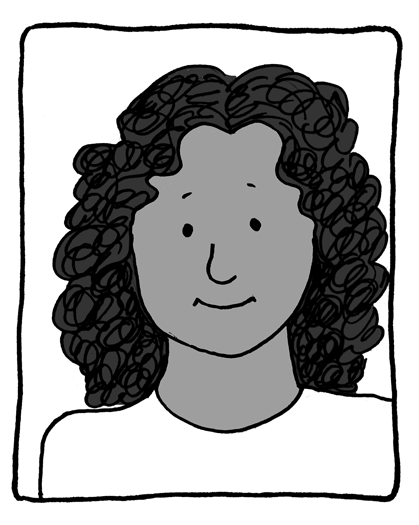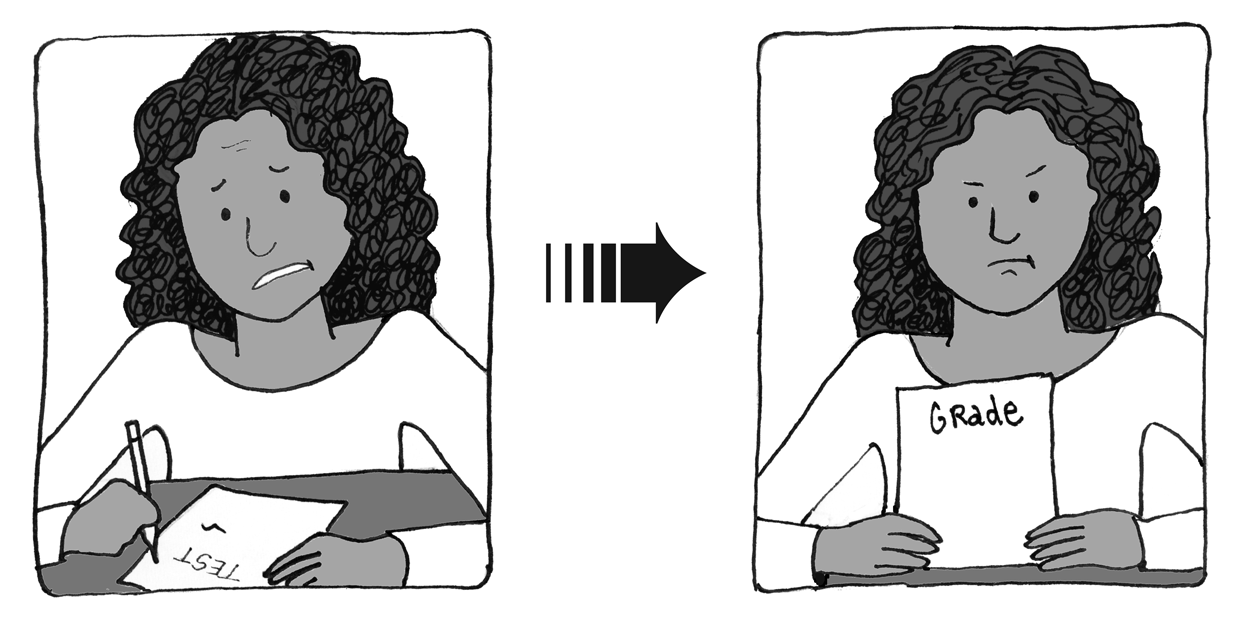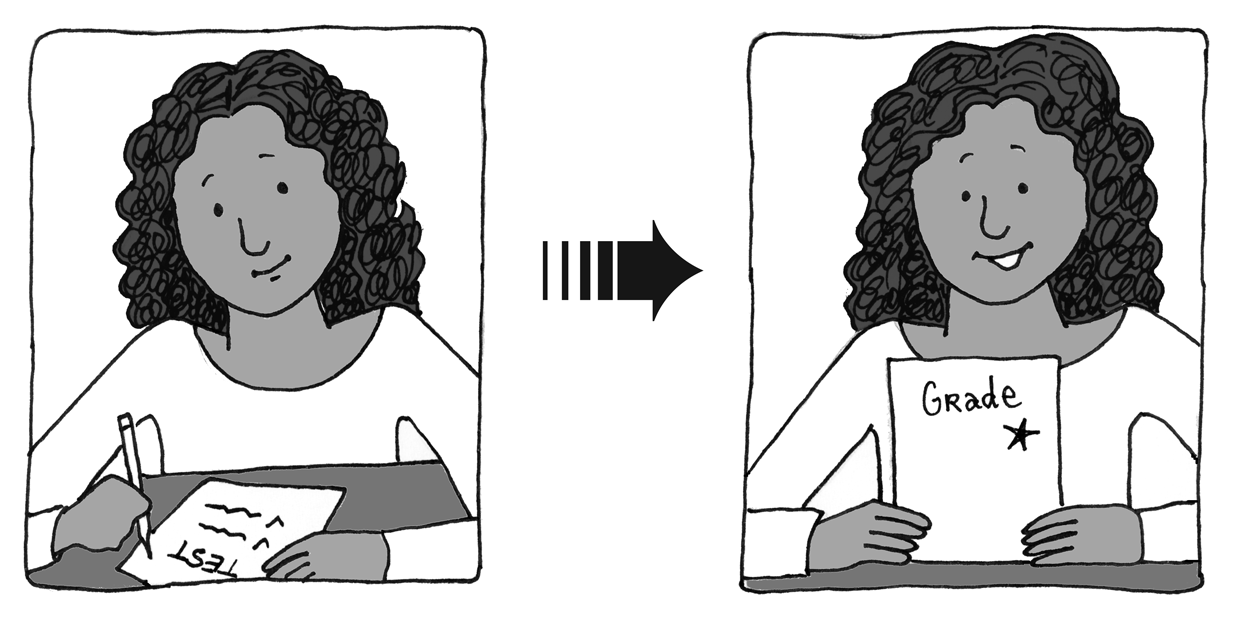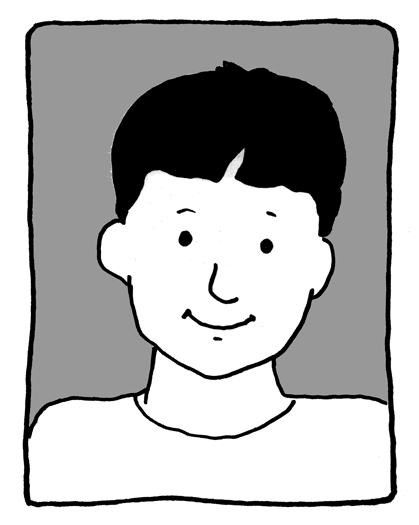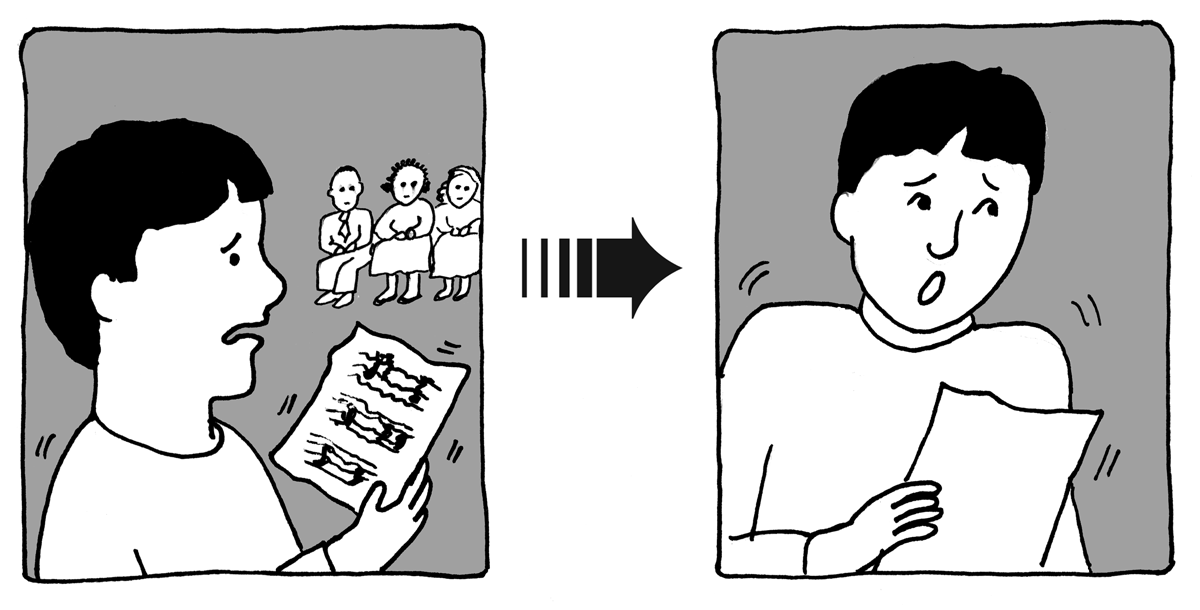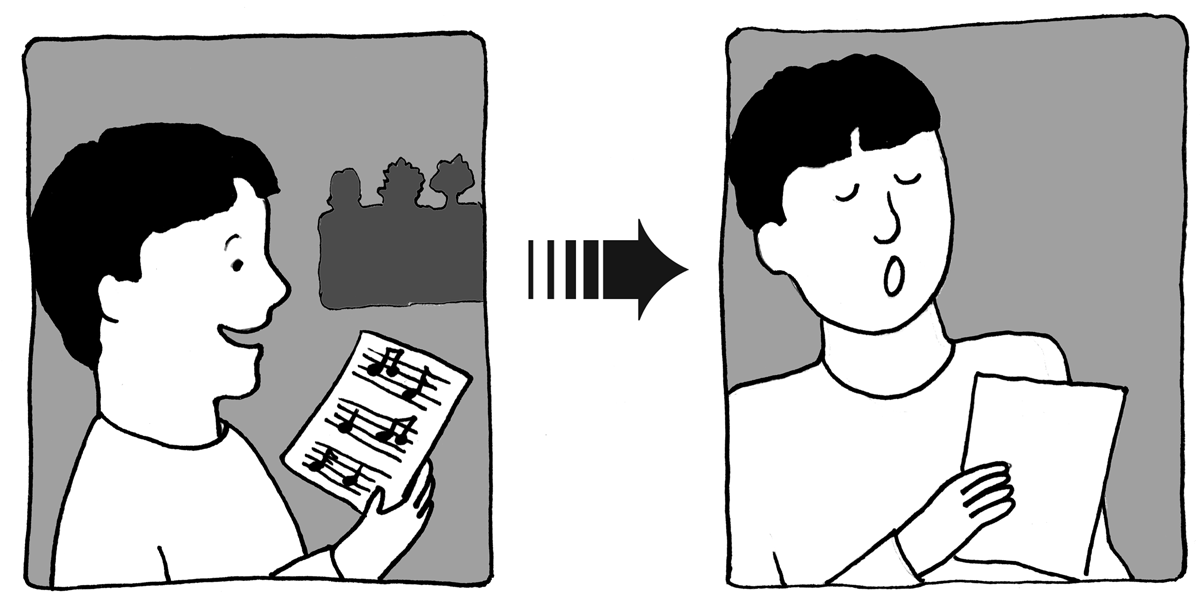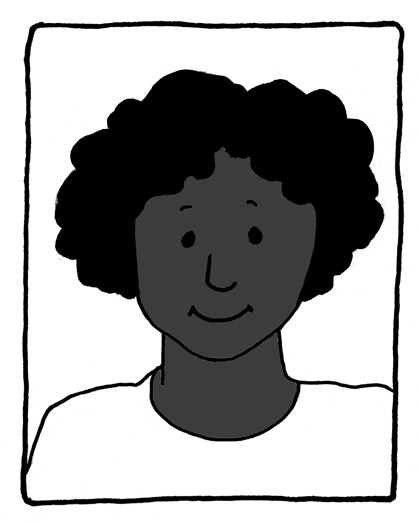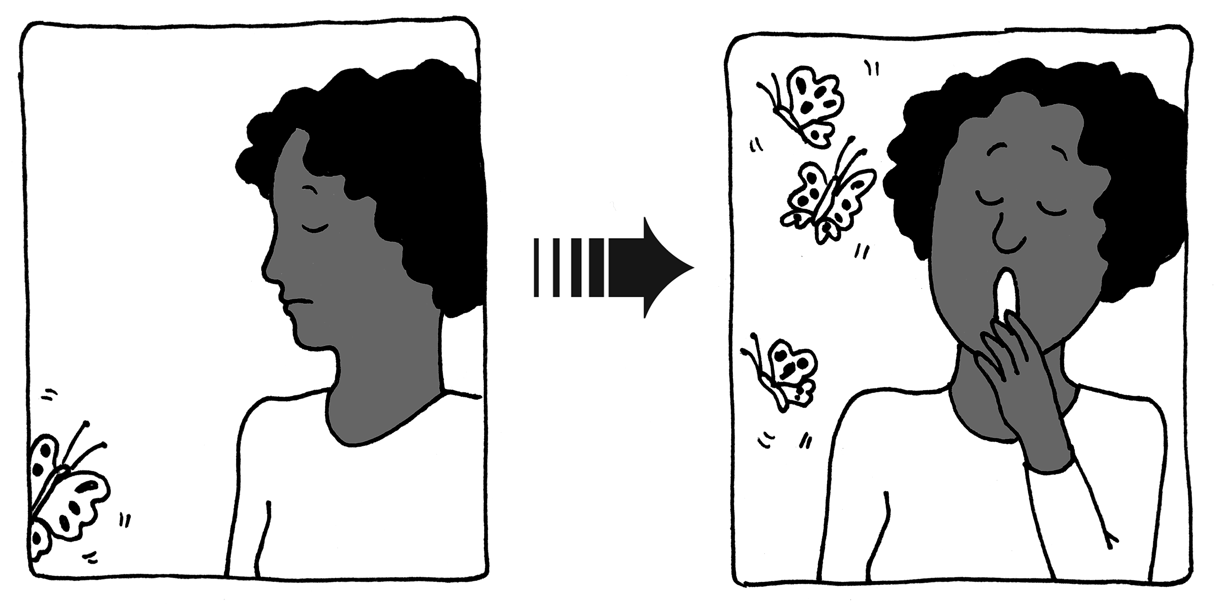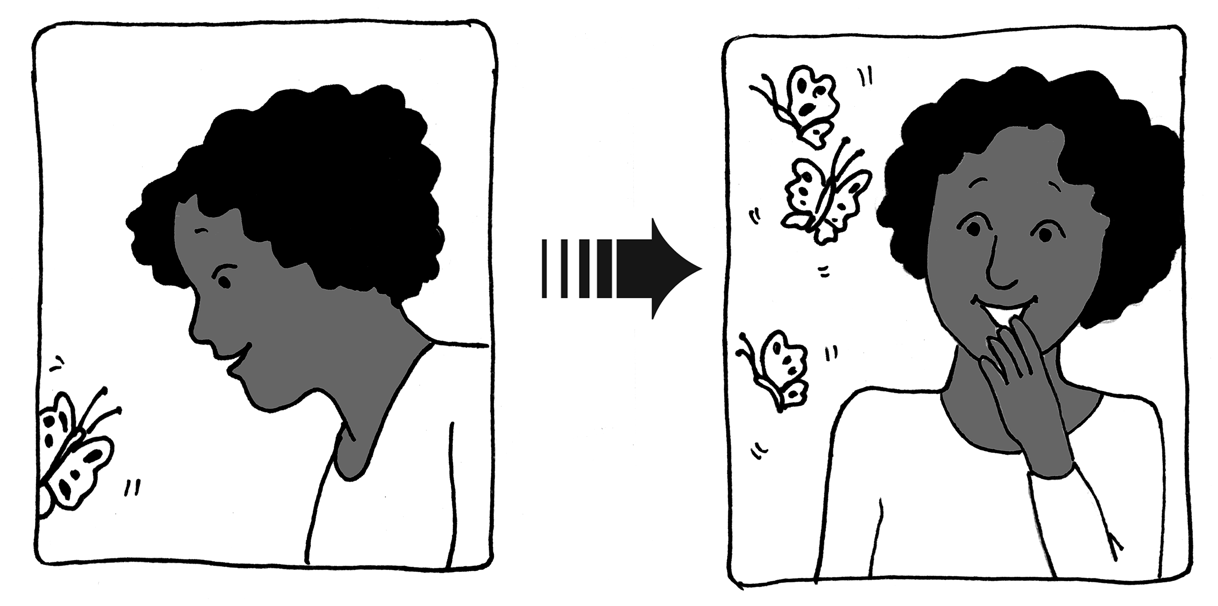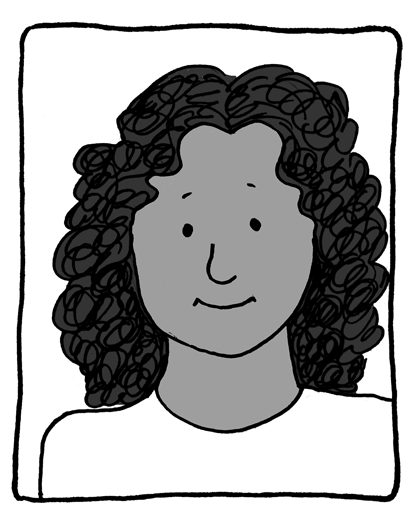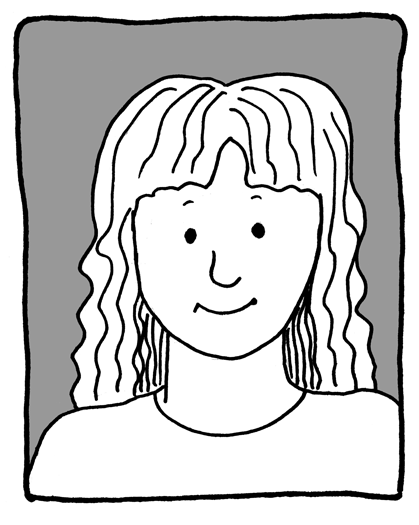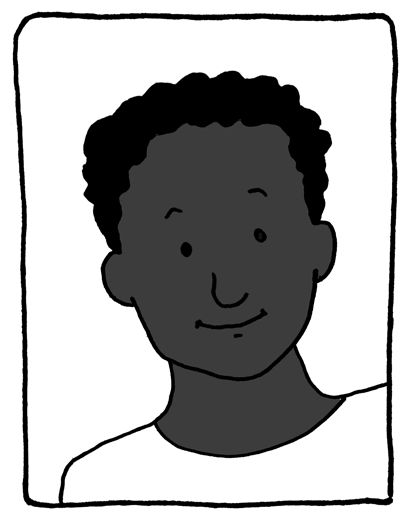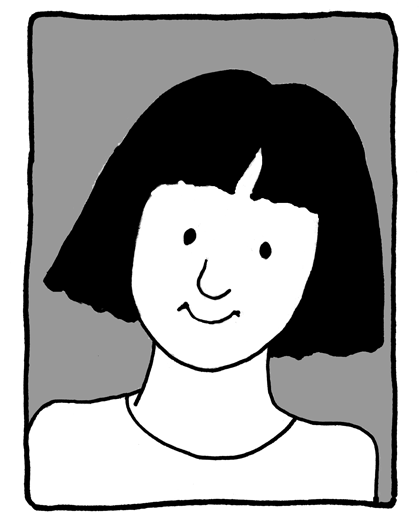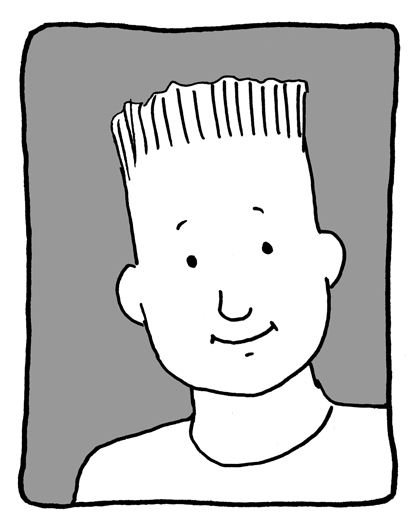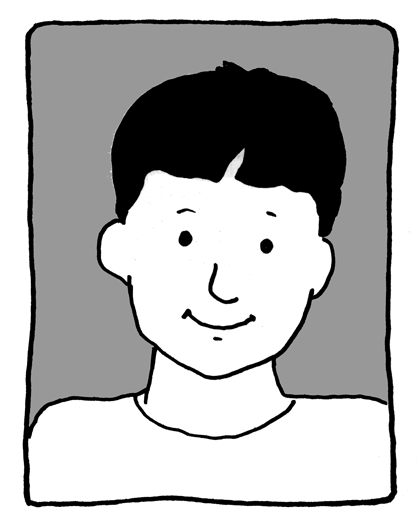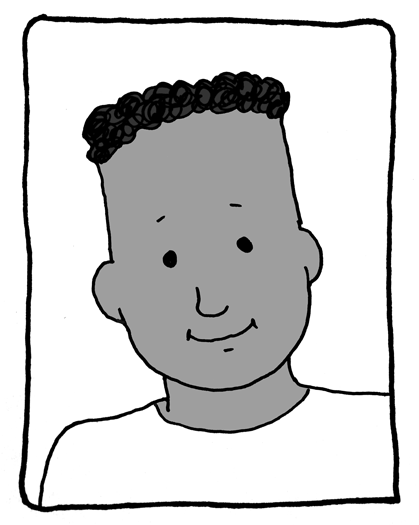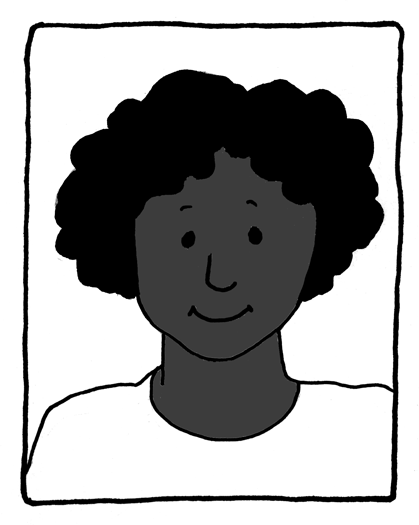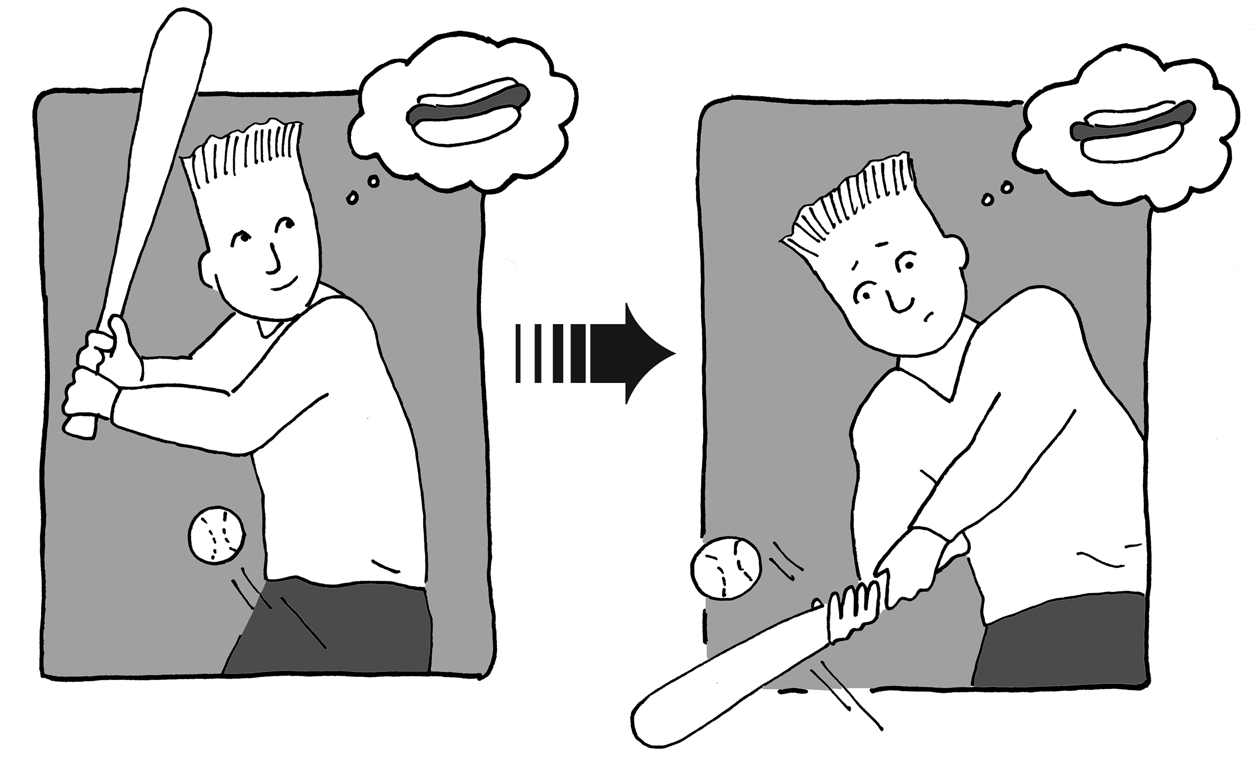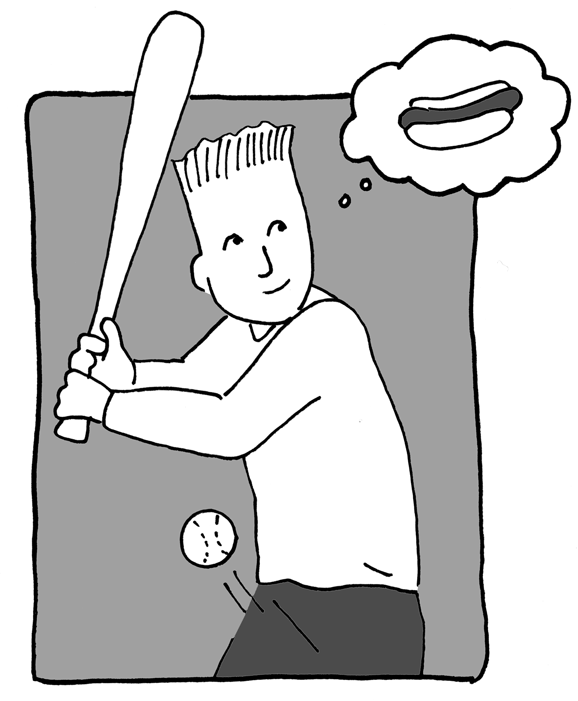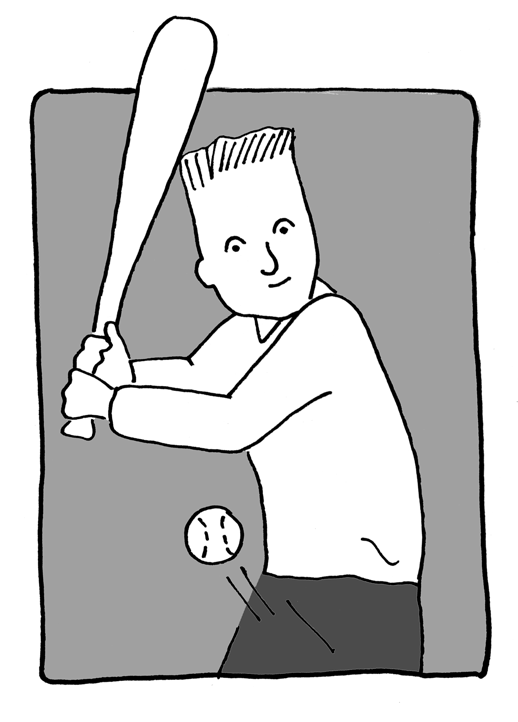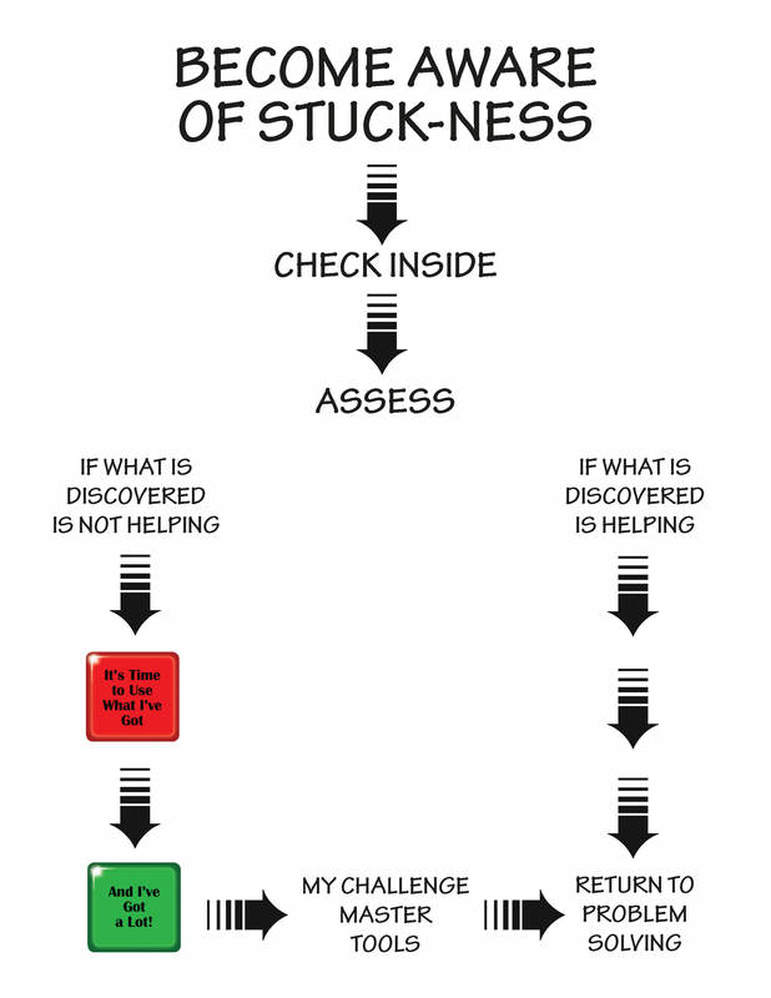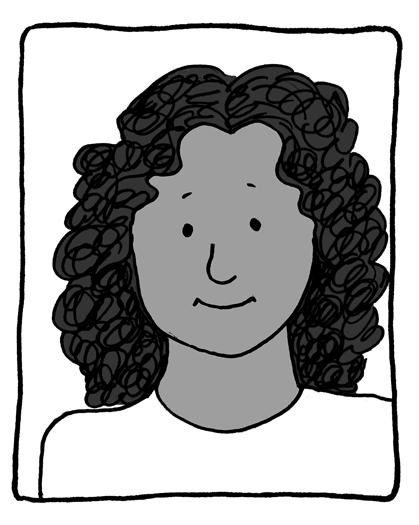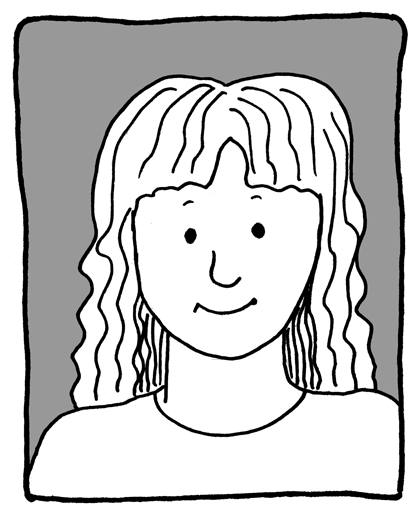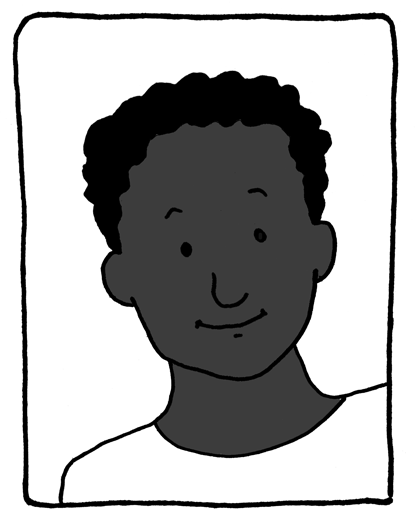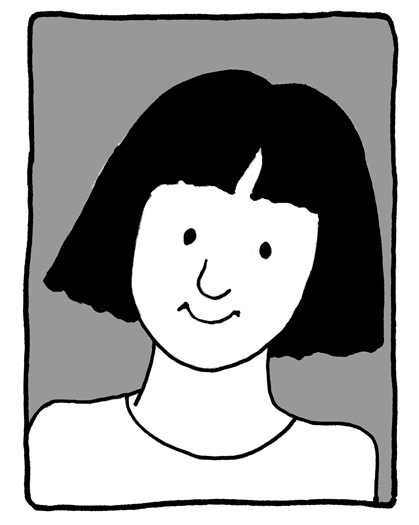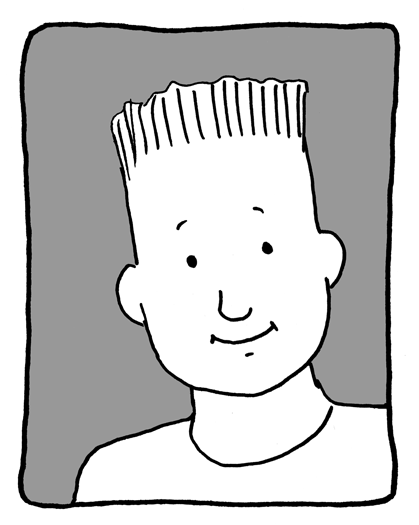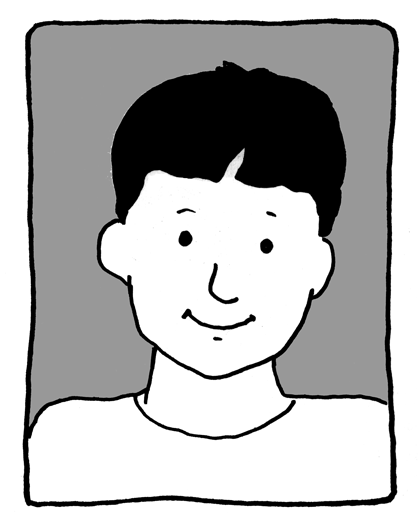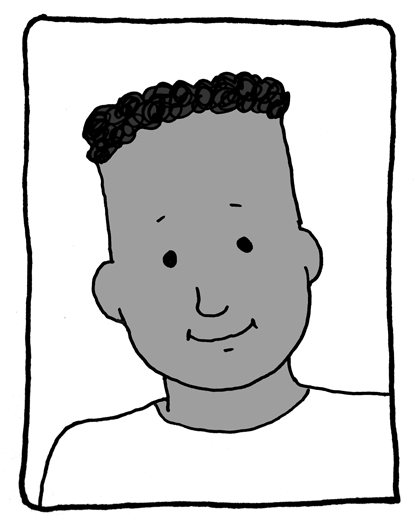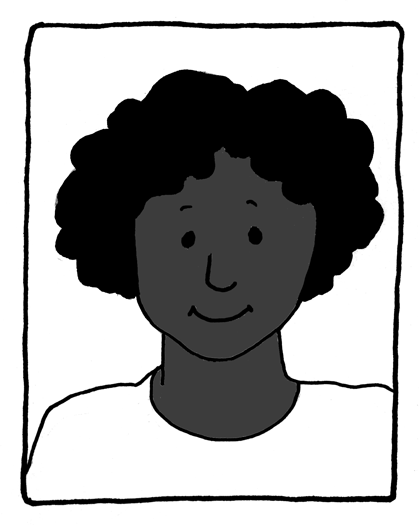WELCOME TO CHALLENGE MASTER!
HERE IS HOW THE TUTORIAL BEGINS:
First a supervising adult helps the student prepare for the tutorial by getting them qualified to do so. We believe that virtually every applicant will qualify by being able to answer “yes” to the following form questions. Ideally the adult will also sign up for the tutorial. When they do they can work through it together as a shared process with individualized/private content. The skill set being taught is equally relevant to young learners and adults so two person parallel-play can lessen resistance if present and substantially level the teacher/learner playing field. Here is how a student becomes qualified to take the tutorial:
HERE IS HOW THE TUTORIAL BEGINS:
First a supervising adult helps the student prepare for the tutorial by getting them qualified to do so. We believe that virtually every applicant will qualify by being able to answer “yes” to the following form questions. Ideally the adult will also sign up for the tutorial. When they do they can work through it together as a shared process with individualized/private content. The skill set being taught is equally relevant to young learners and adults so two person parallel-play can lessen resistance if present and substantially level the teacher/learner playing field. Here is how a student becomes qualified to take the tutorial:
Dear Supervising Adult:
Please download this form and ask her/him to provide the answer to the following questions:
Have you ever gotten stuck in a computer game and had to try really hard before you were able to get to the next level?
_Yes _No
Have you worked your way to a higher level like this more than once?
_Yes _No
Please remember the successes you were most proud of and pick a few words to describe each of them:
1.
2.
3.
Congratulations (first name)! You just took your first step to becoming a Challenge Master.
Students are introduced to their future guide choices who have themselves become Challenge Masters.
Each Guide takes a turn presenting "about Challenge Master" information beginning with:
Video games are challenging and fun because there are opportunities to improve. As soon as you get skilled at one level you can work toward the next. You don't get bored because there are challenges. There are always points where you get stuck until you find out which adjustments to make. Maybe you need a little more of this, less of that, or something different. But when you do make the right adjustments you get unstuck, and that's how you improve!
Different people get stuck in learning at different points in gaming, school, sports, hobbies and lots of other areas. We call these challenge points. You learn by moving through your challenge points, and you move through your challenge points by making adjustments. Challenge Master will teach you what adjustments to make when you get stuck and don't feel ready to do your best. Then you can get better and better at gaming or anything else you decide to learn."
We've learned how to handle our Challenge Points.
We're not afraid of them anymore and whenever we get stuck we always try our best. These are some things we call it when we get stuck trying to learn and don't act out, give up or run away:
"Doing my best!" "Getting unstuck!" "Solving the problem!"
"Putting my best foot forward!" "Learning how to learn!" "Expecting the best!"
"Helping myself!" "Cooperating!" "Surprising others!"
"Improving!" "Refusing to quit!" "Making myself proud!"
"Getting out of my own way!" "Getting stronger!" "Doing what I can!"
"Being creative!" "Making the effort!" "Surprising myself!"
"Building my confidence!" "Accepting the challenge!" "Believing in myself!"
Each student's qualifying success memory is held up as an example of what Challenge Masters can do when they get stuck and are challenged in the learning process. Guide role modeling begins as the students are asked to select two list entries that best describe why they should be proud of what they did. Then:
"That's one of my favorites! I figured out how to get from here..."
TO HERE!"
Student’s second selection is highlighted and responded to.
That’s one of my favorites!
I figured out how to get from here..."
TO HERE!"
The normalization of "getting" and "being" stuck at Challenge Points in learning begins.
Guides begin the process:
Guides begin the process:
So, (name} here's some great news! Something happens whenever you take on a challenge and try your best to find what it will take to move to the next level. What happens is that you get something very valuable that nobody else can give you. It's like a reward. Sometimes it's a reward for just being willing to try really hard even when it's hard. Other times it's a reward for trying hard AND succeeding too.
Let's look at a couple of examples.
So (name), now that you will be playing (game name) while you work through this tutorial we both know that there will be Challenge Points. First you will develop enough skill to get through a level and then you will need to learn additional skills to get through the next."
Effort and personal reward begin to get paired.
Guide (experienced Challenge Master) speaks:
Guide (experienced Challenge Master) speaks:
Then guides begin the process of directing students' awareness and attention within as they play and get stuck in between game levels.
The internal state distinctions to be observed will gradually be specified as students practice "looking within".
As students return to play, guides begin the process with these instructions:
The internal state distinctions to be observed will gradually be specified as students practice "looking within".
As students return to play, guides begin the process with these instructions:
Notice what it is like for you to be stuck and then when you come back, think about what it was like to be stuck for a little
while.
Think about what will help you whenever you feel really stuck at a Challenge Point.
Like when you get stuck more often than you expect to
Or when you get stuck for longer than you expect to.
Then students begin to learn about the cognitive and emotional resources that will help them at Challenge Points.
I found out that I just needed to find enough confidence, concentration and determination to do my best work.
Me too!
We all found out that whenever we get stuck -
CONFIDENCE, CONCENTRATION AND DETERMINATION
CAN HELP GET THE JOB DONE!
This session ends with a homework assignment that introduces them to what comes next in the Tutorial; learning how to “check inside” then identify and then activate internal resources for help at Challenge-Points.
“You just did a lot (Name). Maybe you would like to take a break. Just let us know when you are ready to learn how to do what we do”.
I’m ready (Click)
Skills-training begins now that students have settled into the Tutorial process. Here is an overview of what they will learn how to do:
Check Inside and Assess
Students learn what to look for and evaluate as they optimize their problem solving. The Tutorial provides students with the necessary skills to evaluate and respond to internal thoughts and feelings that are keeping them from doing their best work or making a sincere effort to do so.
Throughout the tutorial they are learning how to access and utilize determination, concentration and confidence as a path to uncovering their true problem solving potential.
The path Challenge Master teaches them to take looks like this:
What Students Will Learn Next
The tutorial continues this way:
Welcome back (Name)! Who would you like to have as your guide for some practice sessions”?
{Guide selection};
{Click}
Chosen guide drops down as speaker:
“I’m happy to help. You did quite a lot last time so it would be good to do a quick review of some things we’ve talked about. Let me know when you’re ready to do that”.
